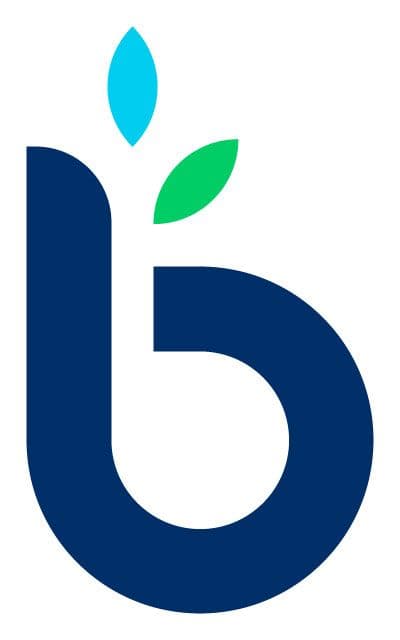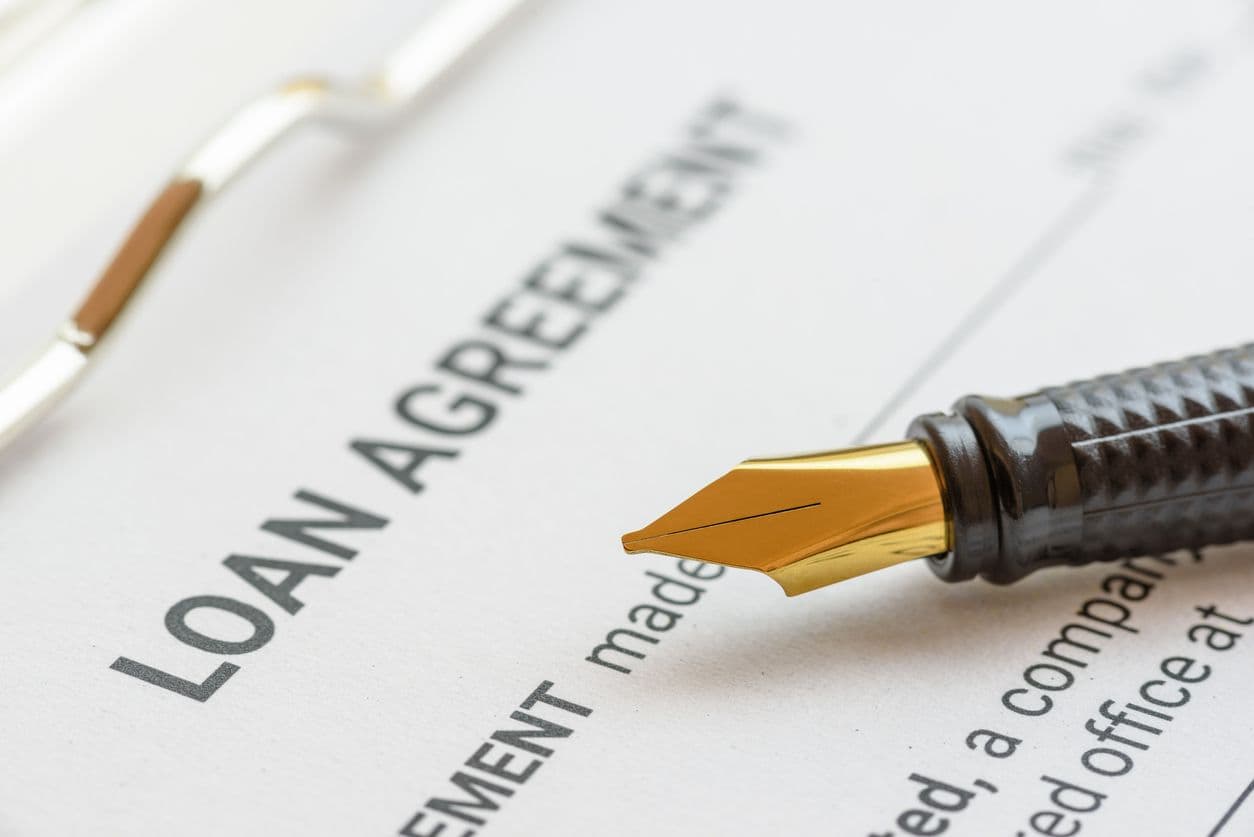Business loans can be confusing. Individuals may not know which one to apply for, how to complete the application, or when to do it. Understanding how to get a first-time business loan, the steps of the business loan application process, and the needed materials are key to maximizing your chances of obtaining funding for your company.
The Six Business Loan Application Steps
Entrepreneurs and small business owners who need additional funding to get their ideas up and running can simplify the process by following a few business loan application steps.
Step 1: Decide on the Correct Type of Loan
Start your journey to financial success by understanding the different types of loans available. Whether it's a singular lump sum for a significant one-time purchase or repeat funding for multiple items, this knowledge is crucial to making an informed decision and feeling knowledgeable about your financial options.
For businesses that need a more considerable loan amount for a new property, business expansion, or one-time investment, consider using specific loans designed for equipment, technology, or vehicles. Equipment financing loans could be your best bet.
A traditional term loan or SBA loan could be in your best interest if you want to borrow money for an extended period with a consistent repayment plan.
A business line of credit is the most flexible type of funding for new entrepreneurs who want to fund daily expenses, such as restocking inventory, funding payroll, or paying for unexpected repairs or maintenance requests. It empowers owners to choose how much capital they need, giving them control over their financial needs.
Lastly, individuals interested in beginning their dream startup may find securing a traditional type of loan difficult, as they might have a unique idea that not many investors see as lucrative. But, credit cards and personal business loans can be a smart choice for those who don’t have a great credit history.
Step 2: See If You Qualify
Business loans are available in many places, including banks, online lenders, and microfinance. By answering the following questions, you can see which lenders will accept your application for a small business loan:
What Is Your Credit Score?
You can get your credit report free from the three major credit bureaus: Equifax, Experian, and TransUnion. You can also get your credit score free from many credit card issuers and personal finance sites, including NerdWallet.
Your credit score plays a significant role in loan qualification for many lenders. Banks typically favor borrowers with good to excellent credit scores (690 and above). If your credit score falls below this range, you might find it easier to secure a business loan from an online lender, or consider microfinance or small business loans for bad credit. Not meeting these qualifications could result in higher interest rates or even rejection of your loan application.
How Long Have You Been in Business?
To qualify for most online loans, you must have been in business for six months to a year, and for most bank loans, you must have been in business for at least two years.
Are You Making Money?
Most lenders offer $50,000 to $250,000 in business loans and credit lines. If you don't have enough income to qualify for these loan options, consider a business credit card or SBA loan.
Can You Pay Off the Debt?
When calculating your annual income, you should also consider your cash flow and assess your ability to pay the monthly loan payments. Generally, your income should be at least 1.25 times your expenses (including your latest salary).
Some online lenders require daily or weekly payments, so be aware that you'll need to make payments to repay the loan when it's due.
Step 3: Compare The Different Lending Options
Of course, you want to get a business loan that offers good terms. However, other factors, such as the speed of financing, are essential to your business; in some cases, different funding sources are better than others.
Option #1: The Bank
Traditional banking options include long-term loans, lines of credit, and real estate loans to purchase or refinance real estate. Banks often offer competitive interest rates, long repayment terms, and large loans. However, getting a small business loan from a bank can be difficult if you have been in business for less than two years, have no stable income, and have less than 'good' credit.
For those who qualify, it's important to remember that banks often require detailed and lengthy application procedures, and funding times can be slow.
Option #2: The Government
The U.S. Small Business Administration backs small business loans from banks through program 7(a) loans. The SBA also has a 504 loan program that provides long-term loans at a fixed interest rate to finance the purchase of land, buildings, or equipment. This option offers lower interest rates and longer repayment terms. SBA loans have strict requirements but are easier to access than loans from banks and credit unions.
Other government business loans are suitable for certain types of companies. For example, the USDA administers various loan programs designed for small businesses in rural areas.
Option #3: Microlender
Microlenders are non-profit organizations that offer small loans under $50,000. The application may require a detailed business plan, financial statements, and an explanation of the loan's purpose, meaning obtaining financing may take longer than some online options.
Option #4: Online Lender
Online lenders often offer small business loans with lines of credit up to $500,000. The average APR for these loans ranges from 6% to 99%, depending on the lender, the loan type and size, the repayment period length, and the borrower's credit history, debt, and collateral is required.
Online lenders offer a ray of hope with their small business loans and lines of credit up to $ 500,000. With lower APRs than traditional banks, higher approval rates, and faster funding, sometimes as fast as one day, they provide a sense of relief for those needing quick financing, reducing stress and uncertainty.
Step 4: Collect Application Information
Every lender may require some small business loan application documents. Most people will need some of the following:
- Information about your business: These items range from the basics, such as your business name, address, and business identification number, to detailed documentation. For example, the lender may want a business plan or proposal that shows how you will use the loan.
- Financial reports: This may include annual income documents, such as a profit and loss statement, tax returns, and financial statements from the business owner and the business itself.
- Detailed information about the business owner: You may need information such as the names, Social Security numbers, and addresses of people who own a percentage of your company (typically 20% or 25%, depending on the lender).
- Information about your collateral: Some lenders will ask you to put up a loan, such as real estate or equipment, to secure your loan. You must provide information about the type of collateral you offer and its value. Before applying for a business loan, having an independent auditor review your collateral may be a good idea. Loans and SBA lenders require more collateral than online lenders.
- Personal guarantee: When you apply for a small business loan, most lenders ask you to sign a personal guarantee. A personal guarantee is an agreement that says that if your business fails, you (the borrower) are responsible for repaying the loan from your assets. Other business owners will be asked to sign a personal guarantee.
Step 5: Apply for a Business Loan
All things being equal, how you apply for a small business loan depends on the lender. Traditional financial institutions like banks and credit unions allow you to apply in a branch or over the phone. For example, Bank of America accepts online applications for some of its products (such as commercial auto loans), but other products require an in-person or phone appointment.
Before you apply for a business loan, consider having it reviewed by someone else, such as a professional at your local Small Business Development Center (SBDC). These business professionals can help you double-check that your application contains everything the lender needs in the correct format. Contributors may ask questions while reviewing your application, but you can make a quick decision by minimizing the returns.
Step 6: Review Your Loan Agreement and Acquire Capital
Once your business loan application is approved, you will receive a loan agreement from your lender. This business loan agreement will outline all the terms and conditions of your loan arrangement, including the loan amount, payment terms and schedule, interest rates, fees, and more.
You should carefully review your loan agreement, writing down anything you don't understand and any questions you have. You can contact your lender for clarification and/or answers to your questions.
Lastly, you sign the loan agreement and return it to the lender. Lenders usually disburse your money by transferring the money directly to your business bank account.
We Can Help With Your Business Loan Application
Knowing the steps for a business loan application can help expedite the process and guarantee your chances of acquiring funding for your new company. Whether interested in an SBA loan or business line of credit, Business Loans can help you choose the right option to secure capital for your unique business plan.


